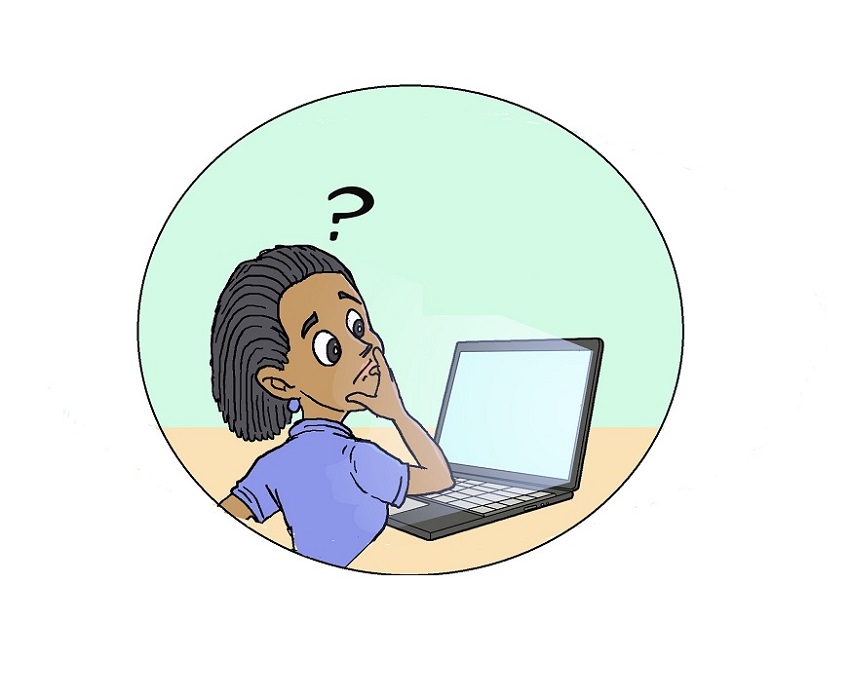E-learning With limited internet
September 13th, 2021
Creating interactive e-courses for those with a low Internet connection – is that a good idea? Several organisations have recently asked us to create online interactive courses which can also be accessed by people without reliable internet. This request is a great one because it’s unfair to exclude people, but it’s a tricky one to fulfill.
When I was a student in 1980, I wanted to learn Portuguese. I had to go to the university language center twice a week to do a Linguaphone course. I had to ask the librarian for the right tape. The course included a book with exercises, and a list of Portuguese films to watch. You had to check the cinema calendar to see when the films were showing, and go and watch them there.
Compare all that hassle, travelling and searching with the free resources you can find on the internet today! To improve my English, I use BBC Learning English – an amazing amount of great resources, whenever I want, in my hand, on my phone, via the Internet.
With courses online, teachers simply enroll their students, track and trace their results, create and change content, resources and work forms (text, images, quizzes or videos) – all thanks to the Internet!
When the learners’ internet connectivity is unreliable or non-existent, teachers can choose one of two strategies:
- reduce the bandwidth necessary for the course, taking out the videos and using special software and tricks to reduce the size of images and resources to make smaller packages,
- abandon the Internet, and give up on automatic tracking and tracing.
Now, what should I suggest to my clients? Many e-learning platforms, including the popular Moodle platform, have an app that allows learners to download chunks of an e-course onto a smartphone, to then work partly offline. Once they connect to the Internet again, their results synchronize automatically. This is a great solution for those with regular Internet access, who are only occasionally offline. Unfortunately, low connectivity in remote areas of Rwanda is not occasional, but structural.
I first considered using Kolibri which is a platform designed for e-learning with structural low internet connectivity. based on Open Educational Resources. You can upload some of your own content, but this has to match quite rigid requirements, making it less suitable for an occasional e-course.
If you are willing to give up the automatic tracking and tracing of your learners, the safest way to guarantee everyone can do the course offline, is to put downloadable files containing old-fashioned training material: a nicely-designed document with text, images and graphs, some fancy videos, tools, exercises and a separate workbook to fill for the assignments – onto a USB stick. Once you have made an interactive online e-course, it takes some editing to make the offline version. It may not be so fancy, but it is the best solution.
So it’s back to the Portuguese Linguaphone course model, all in one computer – but will my client accept this?
Jan Willem Eggink

